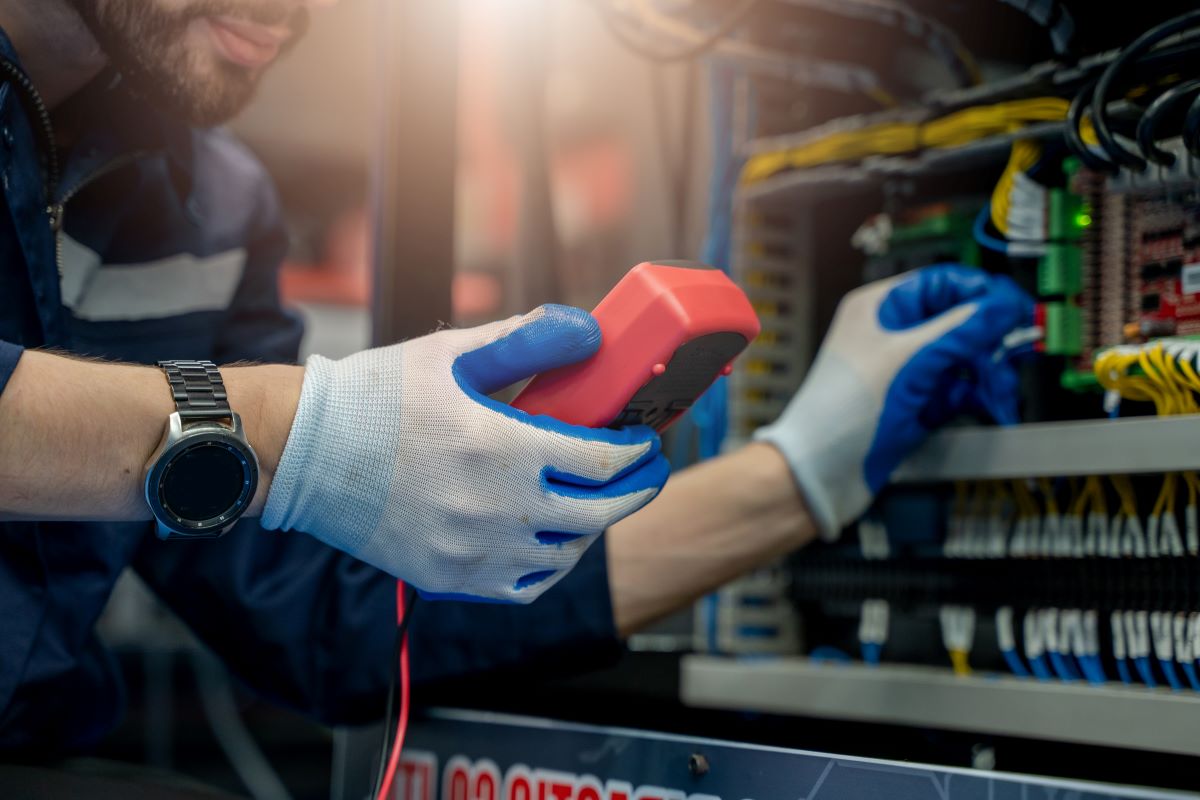Table of Contents
ToggleElectrical enclosures are protective casings designed to house electrical equipment. They serve to protect electrical components from the environment and to prevent electrical shocks. Electrical enclosures protect equipment by providing a sealed environment that is safe from dust, water, and other potentially harmful agents. They also prevent overheating by facilitating proper heat dissipation.
There are various types of electrical enclosures, including metallic, non-metallic, and stainless steel enclosures. Each type has its unique strengths, making them suitable for different environments and applications. Industrial and outdoor enclosures are robust and are designed to withstand harsh environmental conditions, making them perfect for industries with rigorous operations.
By installing an electrical enclosure, you can protect your equipment and staff from various mishaps as well as reduce downtime and increase productivity.
Importance of Electrical Enclosures in Various Industries
Electrical enclosures are essential in various industries, providing a protective shield for sensitive electrical equipment. They guard against numerous environmental hazards like dust, moisture, heat, and other corrosive elements, ensuring the longevity of the machinery and the safety of the staff.
Here are some specific examples of the importance of electrical enclosures in various industries:
- Manufacturing: Electrical enclosures protect electrical components in manufacturing facilities from dust, metal shavings, and other debris, which can cause equipment failure and downtime.
- Oil and gas: Electrical enclosures in oil and gas facilities must be able to withstand harsh environmental conditions, such as extreme temperatures, corrosive chemicals, and flammable gases.
- Energy: Electrical enclosures in power plants and other energy facilities protect electrical equipment from dust, moisture, and other contaminants that can lead to short circuits and fires.
- Food and beverage: Electrical enclosures in food and beverage processing plants must be easy to clean and sanitize to prevent the growth of bacteria.
- Pharmaceuticals: Electrical enclosures in pharmaceutical manufacturing facilities must be able to maintain a sterile environment to prevent contamination.
Role of Electrical Enclosures in Preventing Damage and Promoting Safety
In addition to protecting electrical equipment from environmental hazards, electrical enclosures also play an important role in promoting safety. By providing an additional layer of protection, electrical enclosures significantly reduce the risk of electrical failure, fires, and other types of damage. They keep personnel safe from electrical shocks and other accidents as well.
For example, electrical enclosures in manufacturing facilities are often equipped with lockout/tagout (LOTO) systems that prevent workers from accidentally turning on machinery while it is being serviced. Electrical enclosures in hazardous areas, such as oil and gas facilities, are often designed to be explosion-proof.
Operating without suitable enclosures can lead to frequent technical glitches, overheating, and even system failure. These issues can cause significant downtime and disrupt productivity, and often result in hefty repair costs, which can be detrimental to a company’s bottom line.

Ways to Reduce Downtime
Here are some specific ways to reduce downtime when using an electrical enclosure:
- Choose the right enclosure for your needs. There are many different types of electrical enclosures available, each with its own unique features and benefits. It is important to choose an enclosure that is the right size and type for your specific application.
- Install the enclosure correctly. It is important to follow the manufacturer’s instructions when installing an electrical enclosure. This will ensure that the enclosure is properly sealed and that the equipment inside is properly protected.
- Inspect the enclosure regularly. Inspect electrical enclosures regularly for signs of damage or wear. This includes checking the seals, gaskets, and other components.
- Perform regular maintenance on the equipment inside the enclosure. This includes cleaning the equipment, inspecting it for signs of damage, and replacing any worn parts.
- Prevent heat buildup. To prevent heat buildup, ensure there is adequate ventilation and consider integrating cooling systems in your enclosure design.
- Use a surge protector. A surge protector can help to protect your equipment from power surges and spikes.
- Use a UPS (uninterruptible power supply). A UPS can provide a backup power supply in the event of a power outage. This can help to prevent your equipment from shutting down unexpectedly.
- Implement a preventive maintenance program. A preventive maintenance program can help to identify potential problems with your equipment before they cause downtime.
- Have a backup plan in place. In the event of an unexpected equipment failure, it is important to have a backup plan in place. This may involve having spare equipment on hand or having a service contract with a qualified technician.
Ways to Increase Productivity
In addition to reducing downtime, there are also some things you can do to increase productivity.
First, organize your enclosure. Use cable ties, labels, and other organizational tools to keep the wires and components inside the enclosure neat and tidy. This will make it easier to find and access the components you need, which can save you time.
Color coding is a great way to increase productivity and efficiency. If you use different colored wires, labels, and connectors to identify different types of circuits and components, it can help you quickly identify the components you need, even in a complex enclosure.
If the enclosure has test ports, use them to test the voltage and current of the circuits inside the enclosure without having to open the door. This can save you time and reduce the risk of electrical accidents.
Lastly, when performing maintenance on the electrical components inside the enclosure, be sure to follow lockout/tagout procedures to prevent accidental energization of the circuits. This will help keep you safe and increase productivity.
Bottom Line
Investing in quality electrical enclosures might seem like a significant upfront cost, but its benefits far outweigh the initial expenditure in terms of enhanced safety, reduced downtime, and prolonged equipment life. With quality electrical enclosures, you can ensure smooth operations and maintain optimal productivity levels, positively impacting profitability in the long run.
For more information, contact us or call (205) 812-5402. We’ll be more than happy to help!
